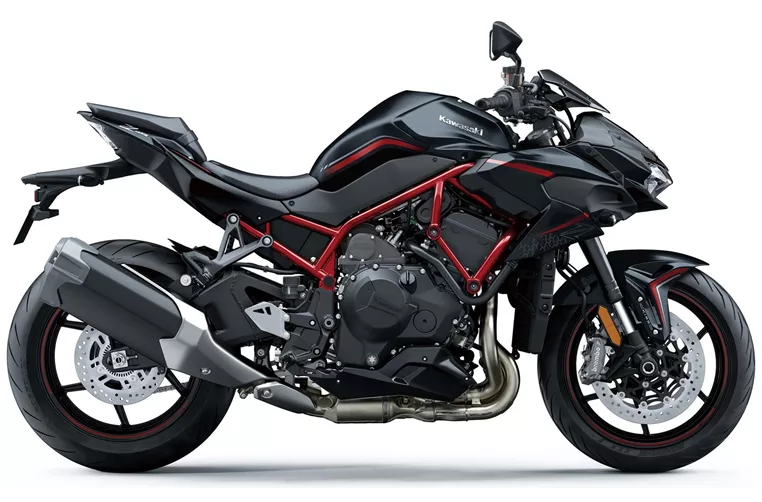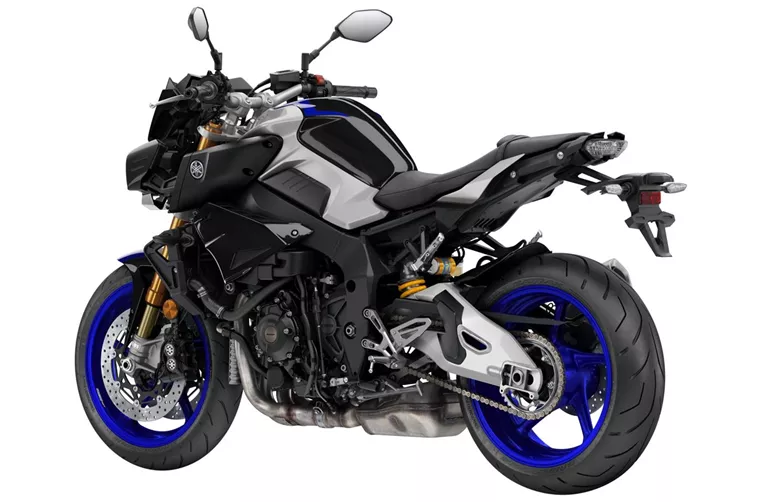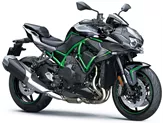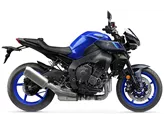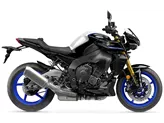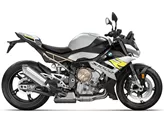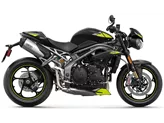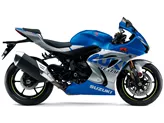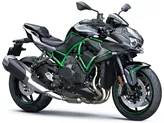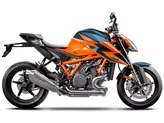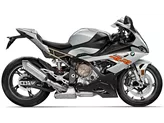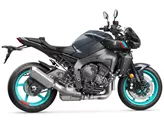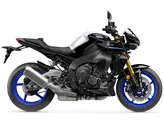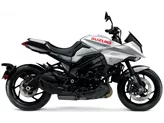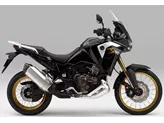Kawasaki Z H2 2020 vs. Yamaha MT-10 SP 2020
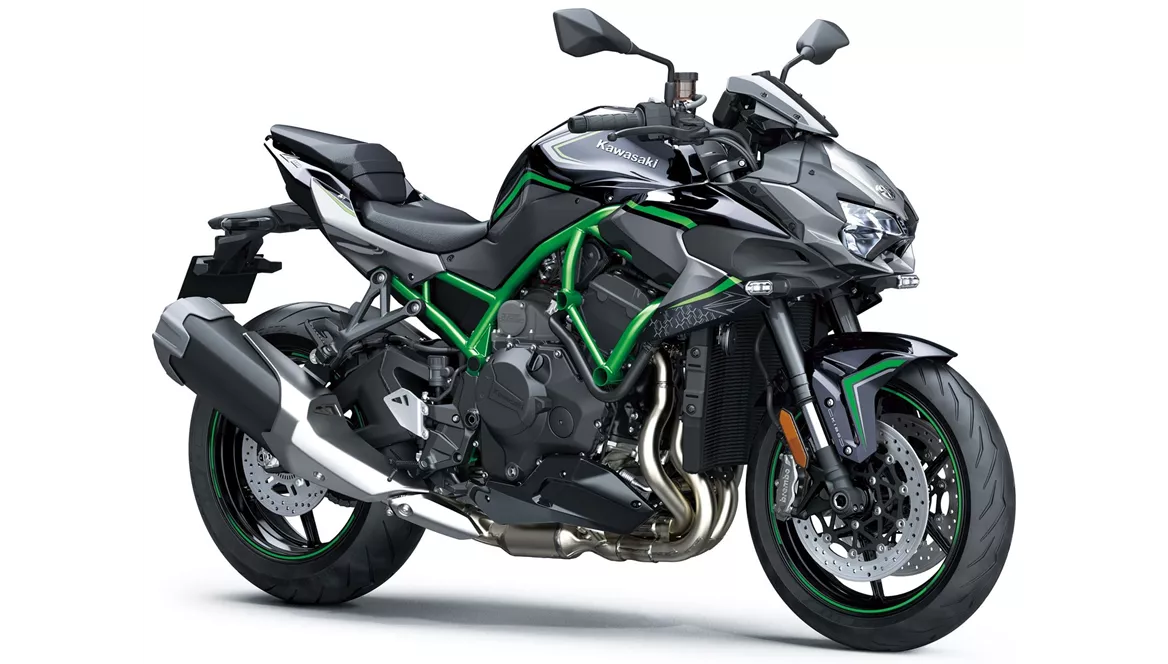
Kawasaki Z H2 2020
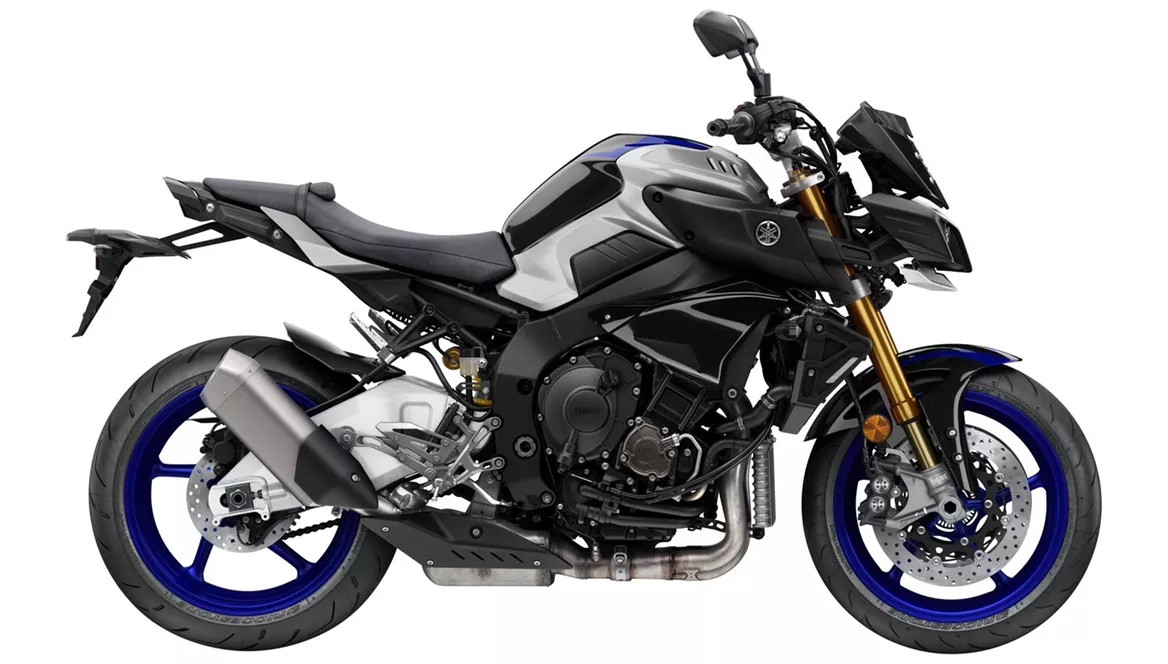
Yamaha MT-10 SP 2020
Overview - Kawasaki Z H2 2020 vs Yamaha MT-10 SP 2020
When comparing the Kawasaki Z H2 2020 and the Yamaha MT-10 SP 2020, it is important to consider their technical specifications and performance characteristics.
In terms of engine power, the Kawasaki Z H2 takes the lead with 200 HP, while the Yamaha MT-10 SP offers 160 HP. This gives the Kawasaki Z H2 a significant advantage in terms of acceleration and top speed.
Both bikes have a 998cc inline-four engine and offer fuel injection for efficient and precise fuel delivery. They also have liquid cooling systems to ensure optimal engine temperature during long rides.
In terms of suspension, the Kawasaki Z H2 features a Showa upside-down telescopic fork at the front and a Showa monoshock at the rear. The Yamaha MT-10 SP, on the other hand, is equipped with Öhlins suspension components, including an upside-down telescopic fork at the front and an Öhlins monoshock at the rear. Both bikes offer adjustable suspension settings for compression, preload, and rebound.

Kawasaki Z H2 2020
The chassis of the Kawasaki Z H2 is made of steel and has a tubular frame, while the Yamaha MT-10 SP has an aluminum frame with a Deltabox design. This gives the Yamaha MT-10 SP a lighter and more rigid chassis, which can enhance handling and maneuverability.
Both bikes feature double disc brakes at the front with a diameter of 320mm, providing excellent stopping power. They also come with advanced rider assistance systems such as ABS, traction control, and ride-by-wire technology.
In terms of dimensions and weights, the Kawasaki Z H2 has a slightly longer wheelbase of 1455mm compared to the Yamaha MT-10 SP's 1400mm. The seat height of the Kawasaki Z H2 is 830mm, while the Yamaha MT-10 SP offers a slightly lower seat height of 825mm. The Kawasaki Z H2 also has a larger fuel tank capacity of 19 liters compared to the Yamaha MT-10 SP's 17 liters.
When it comes to strengths, the Kawasaki Z H2 stands out for its incomparable engine power, easy-to-control power unit, pleasant seating position, high riding comfort for a naked bike, stable handling, and transparent handling. It also has a quiet but charismatic sound, making it an enjoyable bike to ride in everyday life.

Yamaha MT-10 SP 2020
On the other hand, the Yamaha MT-10 SP impresses with its great sound, high-quality chassis and suspension, pleasant wind protection, surprisingly comfortable seating position, and great engine response.
In terms of weaknesses, the Kawasaki Z H2's quickshifter may have some delays in its interventions, and the suspension strut can become spongy during sporty riding. Additionally, some may feel that the exclusive nature of the bike deserves more exclusive components.
The Yamaha MT-10 SP's quickshifter is already better with other manufacturers, and it may have a higher fuel consumption compared to the Kawasaki Z H2.
Overall, both the Kawasaki Z H2 2020 and the Yamaha MT-10 SP 2020 offer impressive performance and features. The choice between the two will ultimately depend on individual preferences and priorities, such as power, handling, comfort, and brand preference.
Technical Specifications Kawasaki Z H2 2020 compared to Yamaha MT-10 SP 2020
Pros and Cons in comparison
Pros and Cons in comparison
Kawasaki Z H2 2020
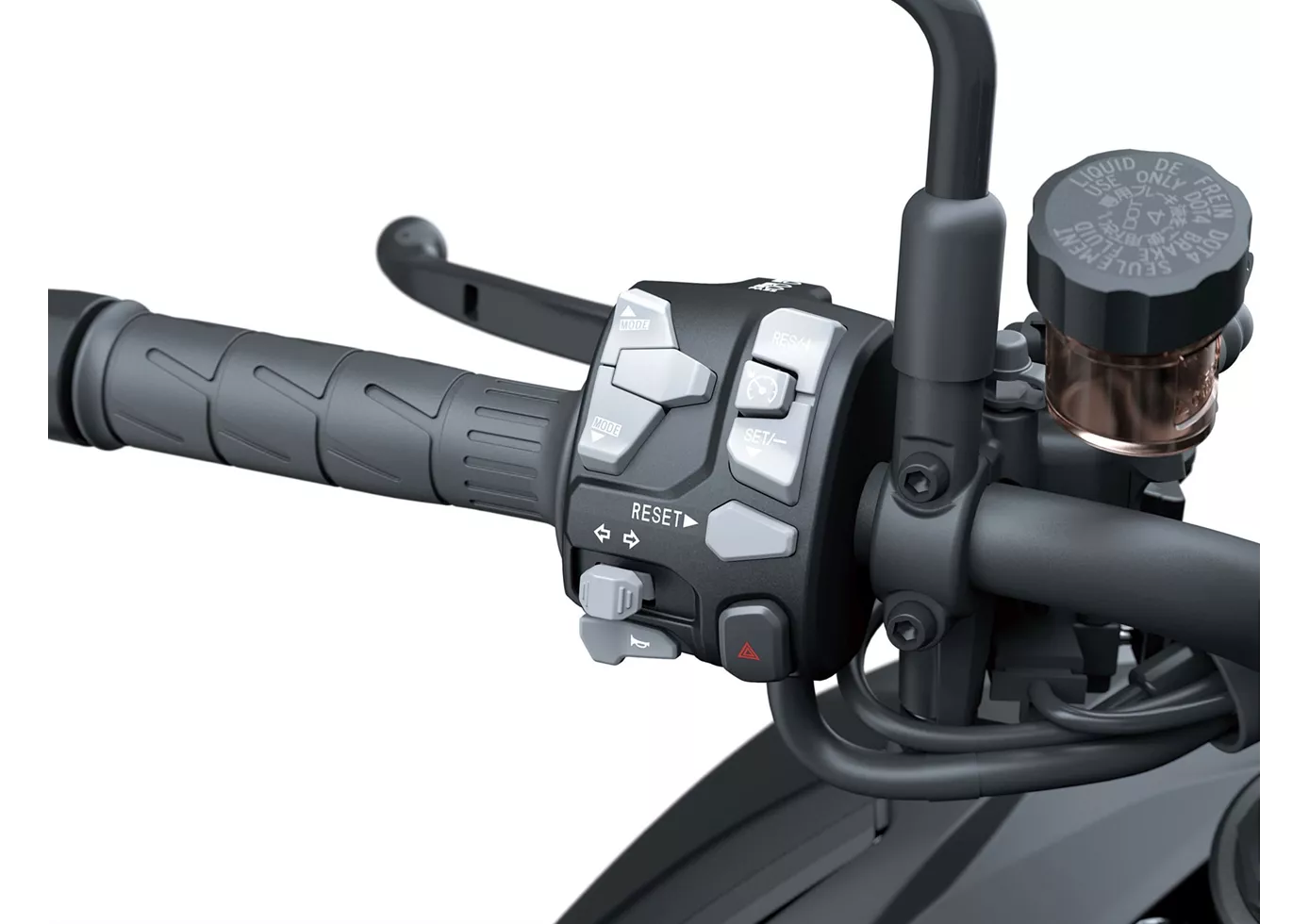
The fascinating power unit of the Kawasaki not only inspires as a motif for quartet cards or at the regulars' table. The engine is made for practical use. In the saddle of the bike, you can enjoy the thrust in every situation. Commands from the throttle are implemented directly, intensively but also controllably. However, the bike is not an athletic sportsman but a beefy naked bike. It always scores when sovereignty and power are required.
Yamaha MT-10 SP 2020
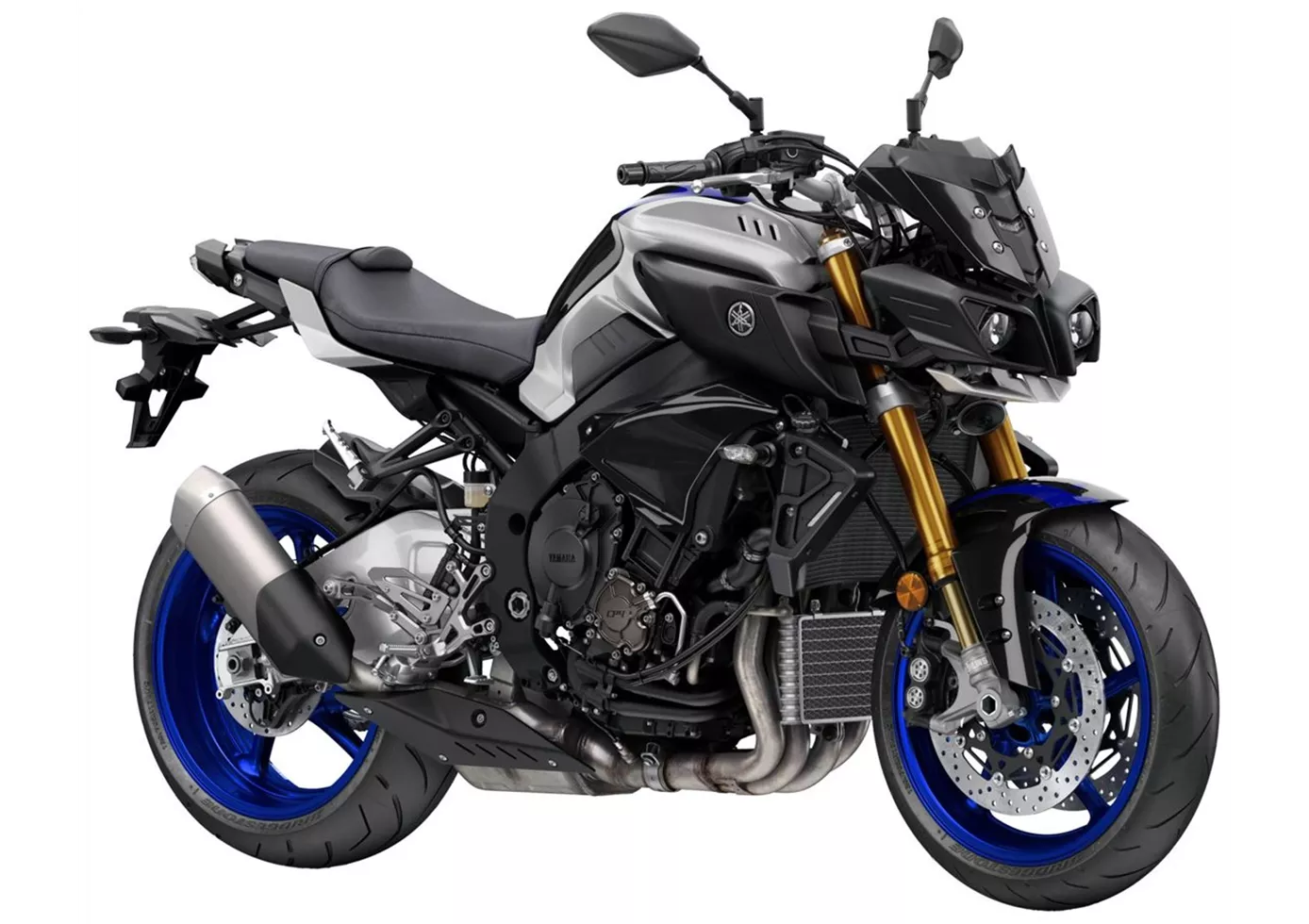
The Yamaha MT-10 SP inspires with a high degree of perfection combined with a truckload of emotion. Rarely do Japanese manufacturers manage to penetrate so deeply into the domain of the Europeans. The bike rides very nastily when needed, but can also be used quite civilly in city traffic. On top of that, the electronically adjustable Öhlins suspension offers a lot of riding comfort. All in all, an outstanding all-rounder that can do much more than just look bad.
Price Comparison Avarage Market Price Kawasaki Z H2 vs Yamaha MT-10 SP
There are a few key differences between a Kawasaki Z H2 2020 and a Yamaha MT-10 SP 2020. There are the same number of bikes of both models available on the 1000PS.de marketplace, specifically 10. It takes less time to sell a Kawasaki Z H2 with 148 days compared to 173 days for a Yamaha MT-10 SP. Since model year 2020 1000PS.de editors have written 14 reviews for the Kawasaki Z H2 and 18 reviews for the Yamaha MT-10 SP since model year 2017. The first review for the Kawasaki Z H2 was published on 10/10/2019 and now has more than 82,500 views. This compares to more than 28,600 views for the first review on Yamaha MT-10 SP published on 04/10/2016.
